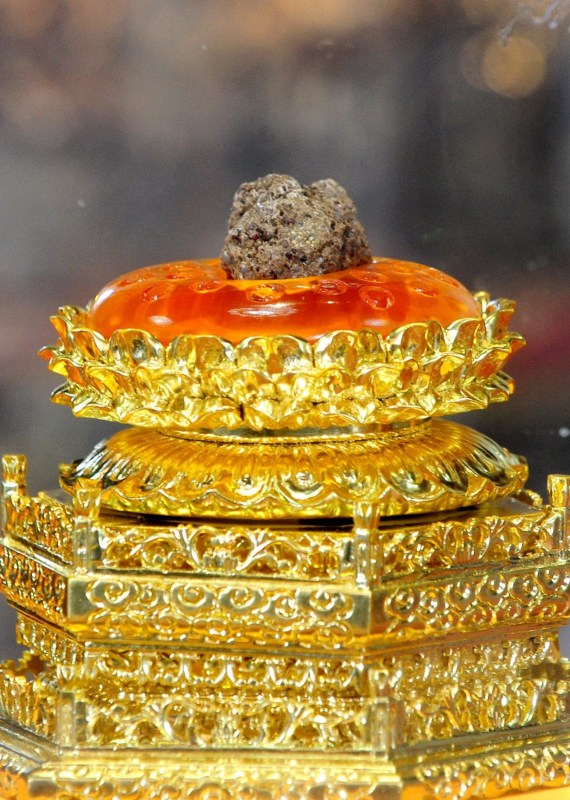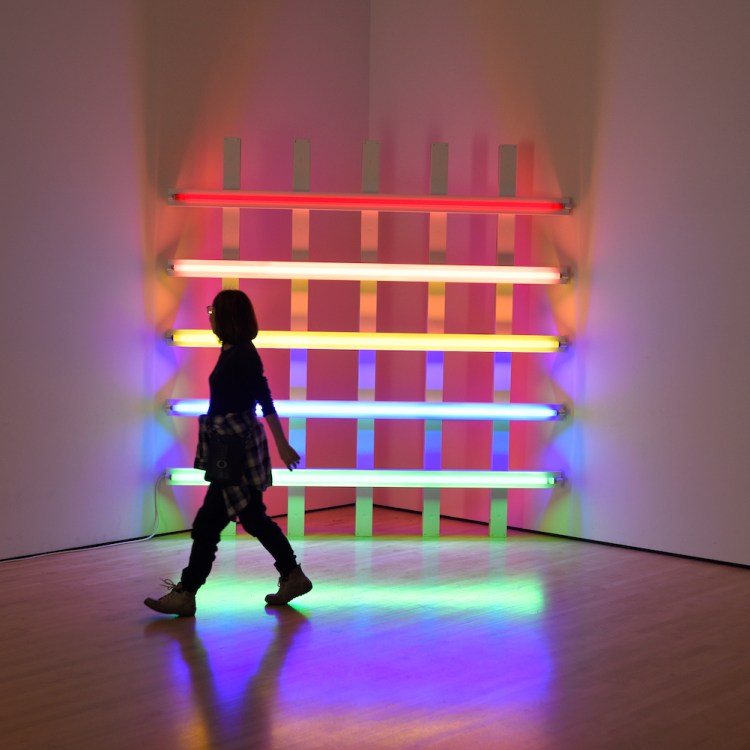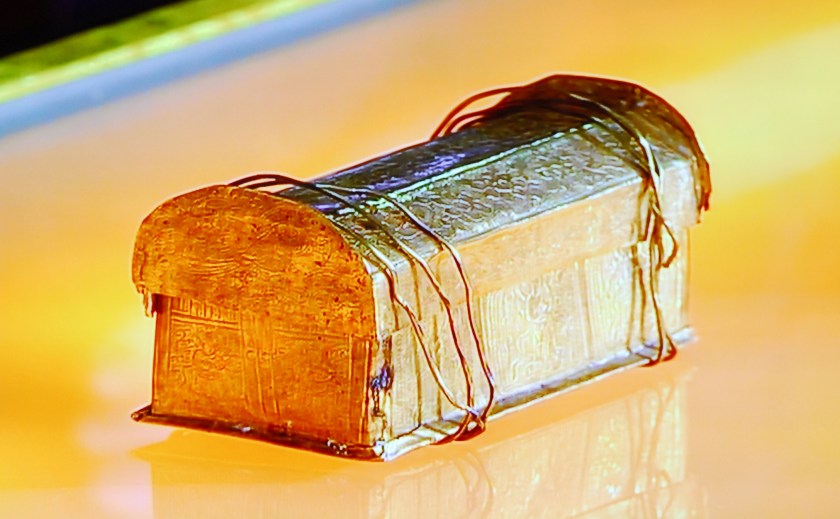
For the first time published in English, archaeological journal Wenwu (Chinese Cultural Relics to the Western world) reports the discovery of what is believed to be a skull bone of Siddhartha Gautama (a.k.a. Buddha). The bone was discovered between 2007 and 2010 beneath the Grand Bao’en temple in Nanjing, China, hidden in a 1,000-year-old meditation shrine known as a “stupa.” The ornate shrine, approximately four feet tall and 18 inches wide, was rendered from precious metals and gemstones. It also includes inscriptions suggesting the bone is from the Buddha himself. Read more about the discovery here. Take a look at some images of the shrine and bone fragment below.

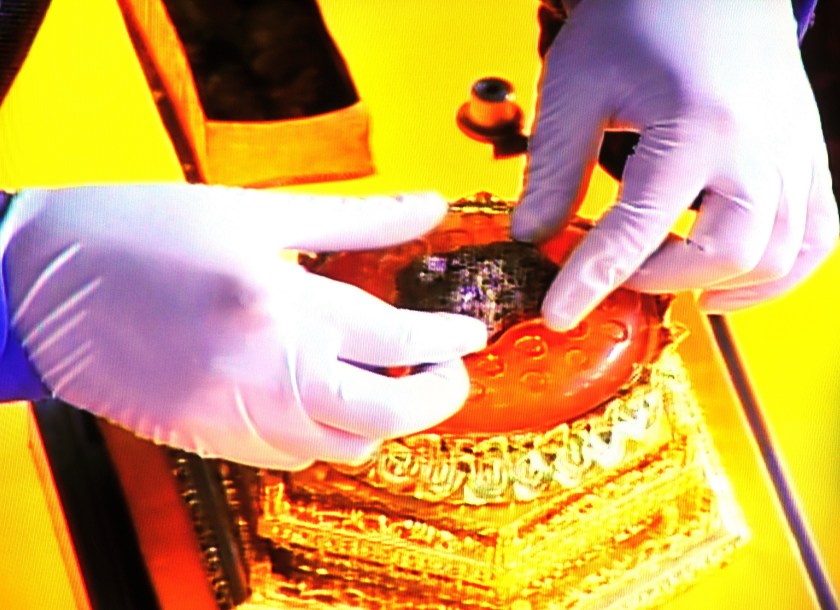
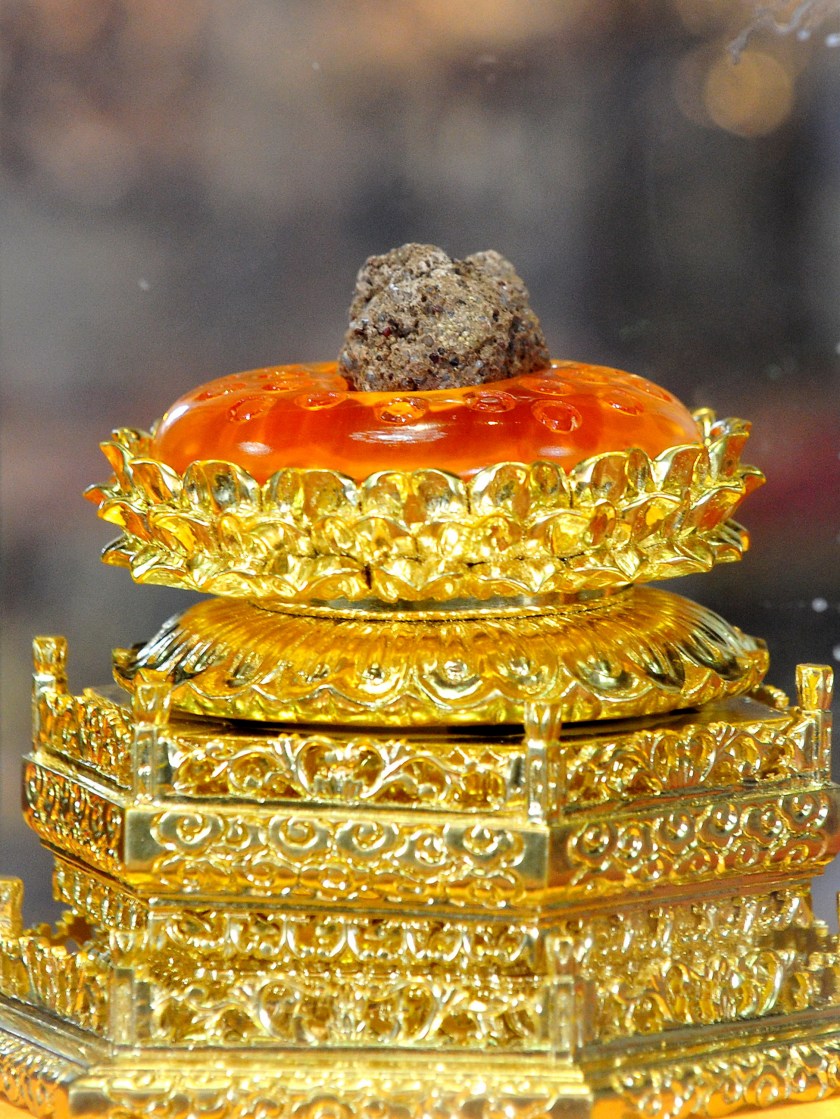
This article was featured in the InsideHook newsletter. Sign up now.
